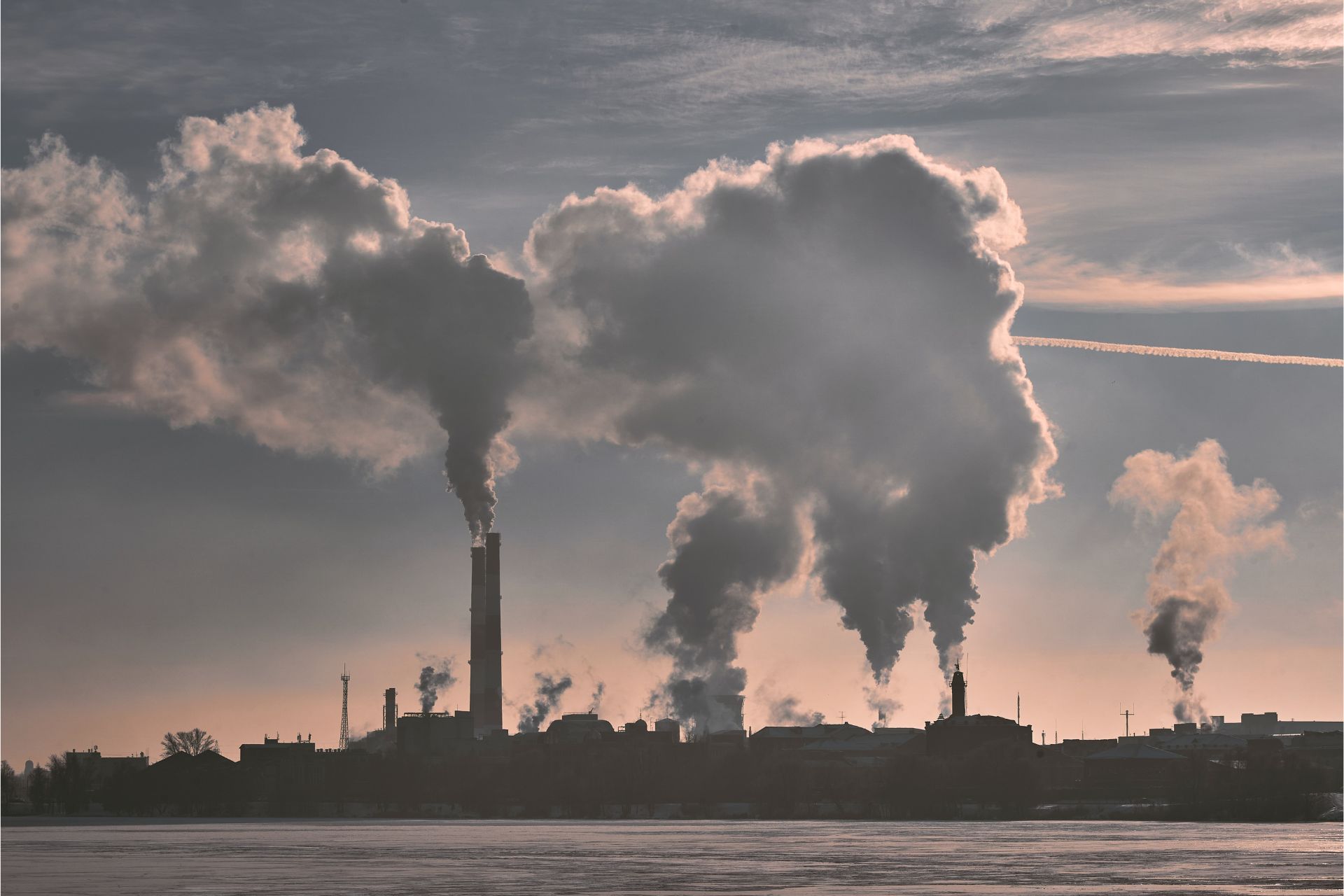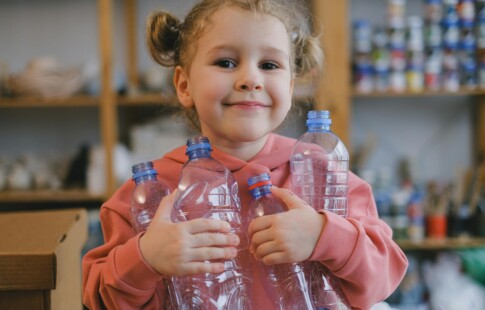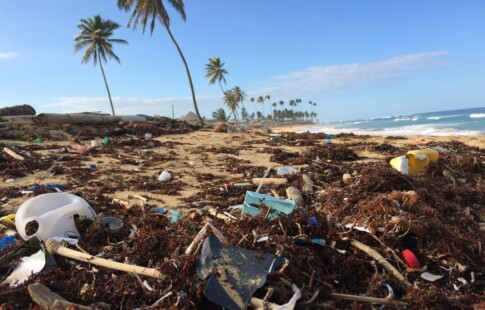
What are Petrochemicals?
We are reader-supported. When you buy through links on our site, we may earn affiliate commission.
The global economy is heavily dependent on petrochemicals — they’re found in so many products we use daily. It’s hard to imagine what life would look like without them. However, petrochemicals and the processes used to manufacture them are harmful to the environment.
Learn what petrochemicals are, the six basic petrochemicals, how they’re manufactured, and their effects on the environment.
What are Petrochemicals?
According to the American Fuel & Petrochemicals Manufacturers (AFPM) organization, petrochemicals are the building blocks of virtually all the products we use in modern society.
As their names suggest, petrochemicals are chemicals derived from fossil fuels such as coal, natural gas and oil. Some of these chemicals can be made from other renewable resources such as maize, sugar cane and palm fruit.
The use of petroleum-based chemicals increased in the 1990s, primarily because more plastic was being produced. As we entered the 90s, it became clear that the petrochemical industry would skyrocket — and those predictions were correct.
According to Grand View Research, the global petrochemicals market reached over $556 billion in 2021 and the market will continue on its path of growth into the next decade.
Petrochemicals and the specialty chemicals created from them are used to make the products we use everyday better. For example, they make nylon stronger, so seatbelts are safe for passengers and make workout clothes sweat-resistant. Without these essential chemicals, our products would not be as useful, reliable or protective as they are today.
The 6 Basic Petrochemicals
There are six primary petrochemicals to know include:
- Benzene
- Xylenes
- Ethylene
- Propylene
- Butylenes
- Toluene
With these six petrochemicals, thousands, if not millions, of products can be made. Other common petrochemicals examples include ammonia, ethanol, methane and formaldehyde.
How Petrochemicals are Used
Perhaps the most well-known item made using these chemicals is plastic. The Organization for Economic Cooperation and Development (OECD) estimates that the world produces twice as much plastic today as it did two decades ago, with most of it ending up in landfills.
Petrochemicals are needed to create countless products in the cosmetic, toiletries, textile, electronics, and packaging industries and other sectors of the economy. They’re used to make everything from lightweight car bumpers and bicycle helmets to medical devices and wind turbines. If you think of a random product, it likely contains one or more petrochemicals.
Ethylene, for example, is used to create glue, adhesives, paper, small electronics, glue and more, and propylene, another petrochemical, is used to make furniture, paint, food packaging and even medicine.
Although these chemicals are already used globally, the International Energy Agency predicts demand for petrochemicals will continue growing into the future. Advanced economies like Europe and the United SAtates will require the manufacturing and use of these chemicals for the foreseeable future.
The Petrochemical Manufacturing Process
The manufacturing process starts with a “feedstock,” typically natural gas or crude oil. From there, natural gas undergoes processing, transforming into ethane, propane or butanes. If the feedstock is crude oil, it is refined, eventually turning into naphtha gas oil.
The ethane, propane and butanes are then moved into a ethane cracker plant — a facility that uses extreme heat to “crack” the chemicals’ molecular structure. This process produces ethylene, propylene, and butylenes, some of the most prominent petrochemicals.
If the original feedstock is crude oil, the naphtha gas oil is moved to a naphtha cracker plant, transforming it into benzene, xylene or toluene.
The Environmental Impact of Petrochemicals
Although petrochemicals are vital for producing most of the household, industrial and consumer products we use all the time, the manufacturing process and use of chemicals negatively affect the environment. Below are examples of how the petrochemicals industry is harming the planet.
Release GHG Emissions
Massive amounts of carbon dioxide and methane are released into the atmosphere during petrochemical manufacturing. These greenhouse gas (GHG) emissions contribute to global warming, which leads to climate change.
In 2018, it was reported by the World Economic Forum that carbon dioxide emissions from the chemicals sector accounted for 18% of of all industrial emissions. Despite petrochemicals’ substantial benefits, the emissions the sector produces are too significant to ignore.
Use Non-Renewable Resources
In order to produce petrochemicals, as mentioned above, plants require crude oil or natural gas. These are considered fossil fuels, which are finite resources and expected to run out eventually.
The industry must find more sustainable approaches to creating chemicals, especially in light of the clean energy transition. If the country wants to meet climate change goals in the coming years, it’ll be necessary to figure out new, innovative ways to produce petrochemicals without relying on fossil fuels.
Produce Toxic Chemicals
In addition to these negative environmental effects, plants and other facilities in the industry can release toxic chemicals into nearby waterways, like rivers, streams and lakes.
Certain levels of these chemicals can harm marine life and cause populations to decrease, throwing off the ecosystem’s balance. This land pollution can have far-reaching effects on animal and human health.
What to Expect From Petrochemicals in the Future
Industry leaders and top-performing companies must find ways to address the ongoing sustainability and climate change issues impacting the environment. The ultimate goal is for the chemicals industry to leverage renewable resources — such as biomass, municipal solid waste (MSW) or captured carbon — to reduce overall CO2 emissions.
Achieving sustainable industrial processes cannot happen overnight, or without the cooperation of multiple stakeholders, such as investors, company executives and federal and state agencies.
As a consumer, there isn’t much you can do regarding the chemicals industry. However, you can take various steps to reduce your own carbon footprint, such as:
- Reducing reliance on single-use plastics.
- Recycle or compost at home.
- Switch off lights when possible.
- Use water conservatively.
- Unplug electronics not in use.
- Switch to LED light bulbs.
Because society relies so heavily on petrochemicals, they aren’t going away anytime soon. It will take time for companies in the sector to determine new ways to produce them or similar products without harming the environment.
Petrochemicals: Necessary, But Harmful
Petrochemicals are a part of the fabric of society, but they’re not talked about often enough in the energy industry. The negative impacts of petrochemical production is something that must be addressed in the coming years if the U.S. wants to achieve its climate and environmental goals. It’ll be interesting to see how the petrochemicals market grows and if any significant changes allow for the industry to become more sustainable and clean.
Share on
Like what you read? Join other Environment.co readers!
Get the latest updates on our planet by subscribing to the Environment.co newsletter!
About the author

Steve Russell
Steve is the Managing Editor of Environment.co and regularly contributes articles related to wildlife, biodiversity, and recycling. His passions include wildlife photography and bird watching.





